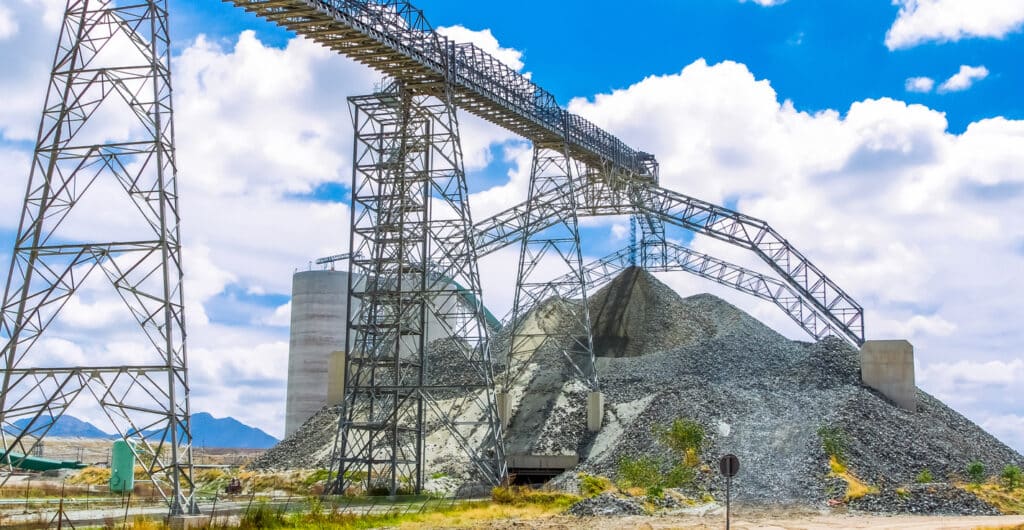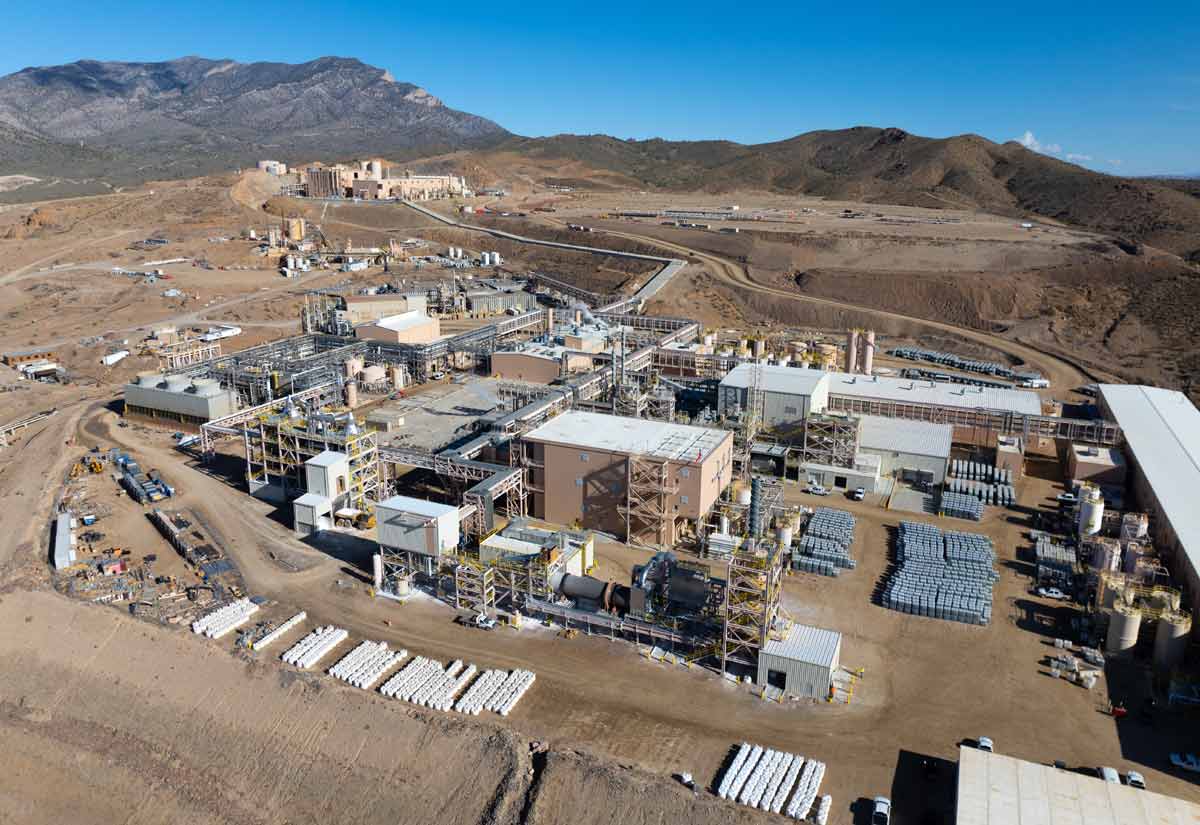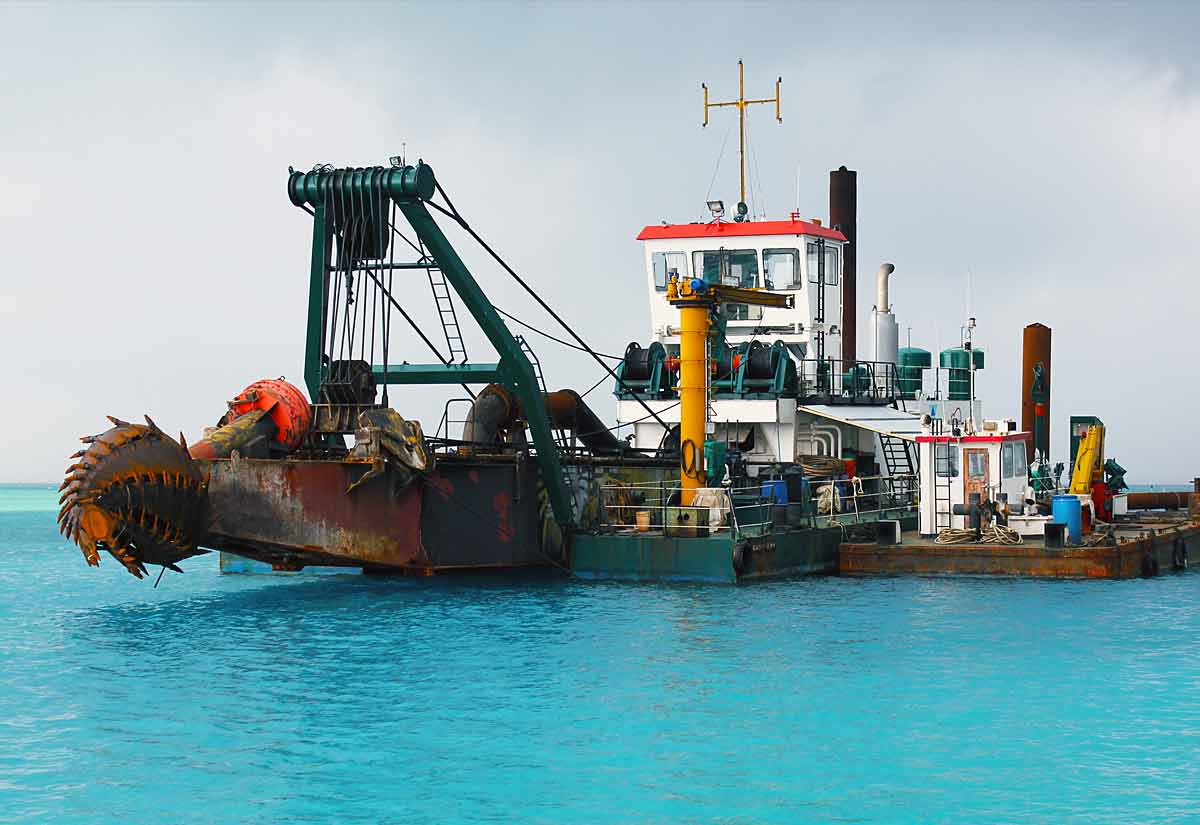Platinum and Palladium Are More Precious Than Ever
Palladium is making headlines once again in 2019, with no end in sight for the surge in price that began in 2018. In this October 2019 report at Barrons.com, Palladium Outshines Platinum as Prices Climb to Record Highs, the platinum versus palladium rivalry that Resource Erectors’ predicted months ago has come to fruition, as palladium has achieved the world’s most precious metal status.
This year palladium prices have climbed by 40%, while platinum also rallied briefly to a one year high. The increasing value of both of these “sister” precious metals has been driven by high demand in the automotive industry where palladium is the metal of choice for catalytic converters in gasoline-powered vehicles and platinum is more commonly preferred for diesel applications.
While platinum has posted global surpluses in the past two years, palladium is posting another supply deficit year in 2019, continuing the 8-year trend driven by the ongoing worldwide shift away from diesel power and toward gasoline-powered vehicles. More rigorous emission standards in Europe and China combined with limits on the palladium supplies coming out of South Africa and Russia are combining in a perfect storm which helped palladium set a new futures price record at $1665.50 per ounce.
But don’t think platinum is down for the count yet. Automotive engineers can easily adapt the current underdog metal for use in catalytic converters in gasoline engines should the limited palladium supply make platinum the most cost-effective choice. Platinum too can easily cross the $1000.00 per ounce line if palladium prices continue to skyrocket.
Getting the Most Bang For Precious Metal Bucks With Nanotechnology
Obviously, platinum and palladium are more precious than ever and nanotechnology breakthroughs have arrived just in time. With limited supplies and increasing demand, exciting new advances in nanotechnology can increase the efficient use of these precious metal resources which also play important roles in the chemical, oil, and gas industries.
Aside from the predominant demand for automotive catalytic converters, platinum and palladium are the metals of choice for anodes and cathodes in low-temperature fuel cells which many scientists see as the future of sustainable energy conversion.
Scientists at Northwestern University have developed an exciting new technique to make better-performing catalysts from precious metal nanoparticles. Metal precursors are shaped with heat and trace element stabilizers into a gem-like structure with 24 faces to make more atoms available for catalytic reaction than conventional catalysts currently available. The method works with 5 mono-metallic particles found in platinum, palladium, cobalt, and nickel.
In the report at Northwestern Now, professor of chemistry Chad A. Mirkin of the Weinberg College of Arts and Sciences sums up the value of the new nanotechnology for industry saying:
“We not only can prepare commercially desirable catalysts, but we can recycle used fuel cell catalysts into the most active forms. Catalysts slowly degrade over time and change, so the fact that we can reclaim and reactivate these catalysts made of expensive materials is extremely valuable,”
The new nanotechnology is even more crucial now that palladium has become the world’s newest most precious metal.
About Resource Erectors
At Resource Erectors we make it our business to keep you up to speed on the latest innovations which have an impact on industries across the board including, manufacturing, chemicals, mining, engineering, civil construction, aggregates, and minerals processing. We specialize in matching the top professional candidates with the industry-leading companies in all of these sectors, recruiting for the diverse professional roles your company needs to thrive in today’s highly competitive business environment. We place the top talent in positions including senior executives, engineers, sales, R&D, operations managers, safety specialists, logistics and supply chain professionals, business development leaders and more so please don’t hesitate to contact us.












